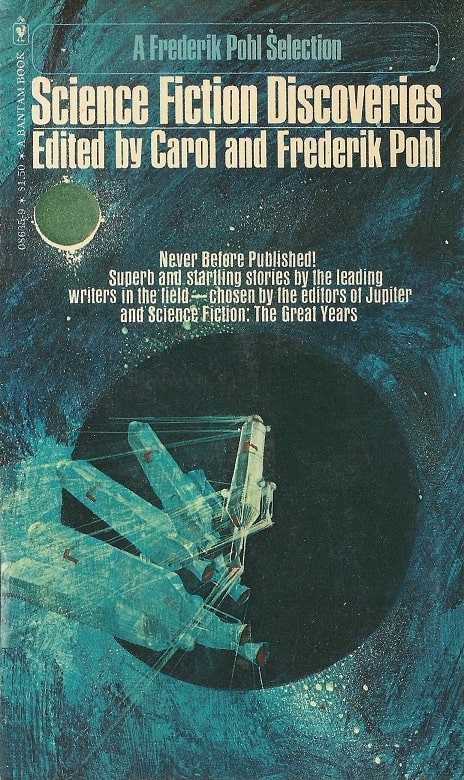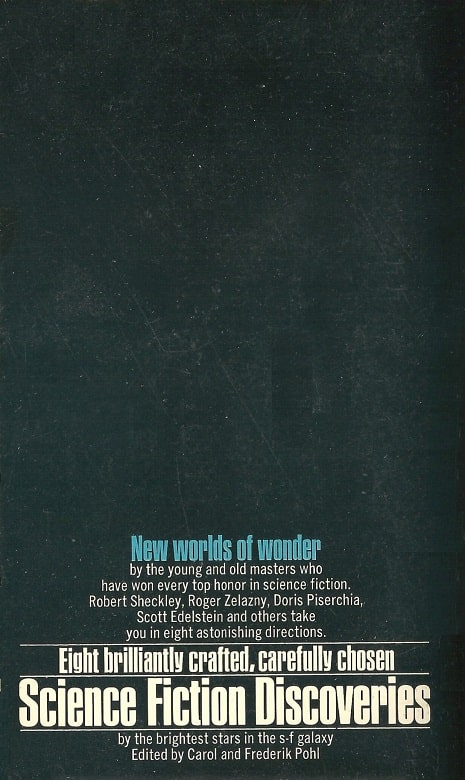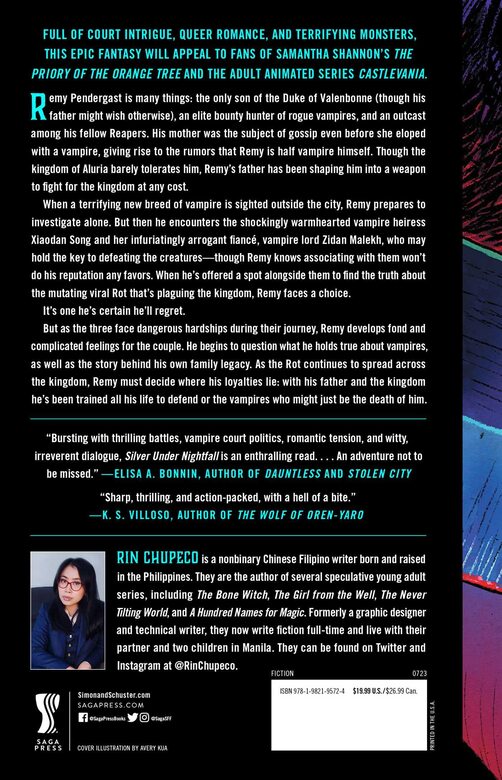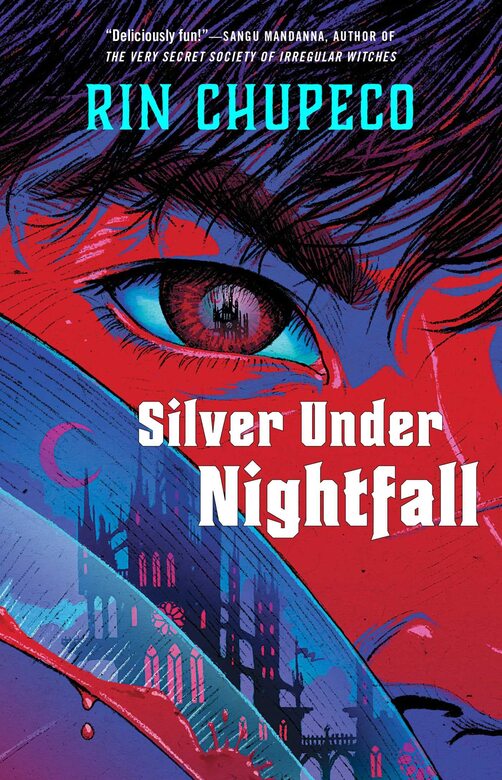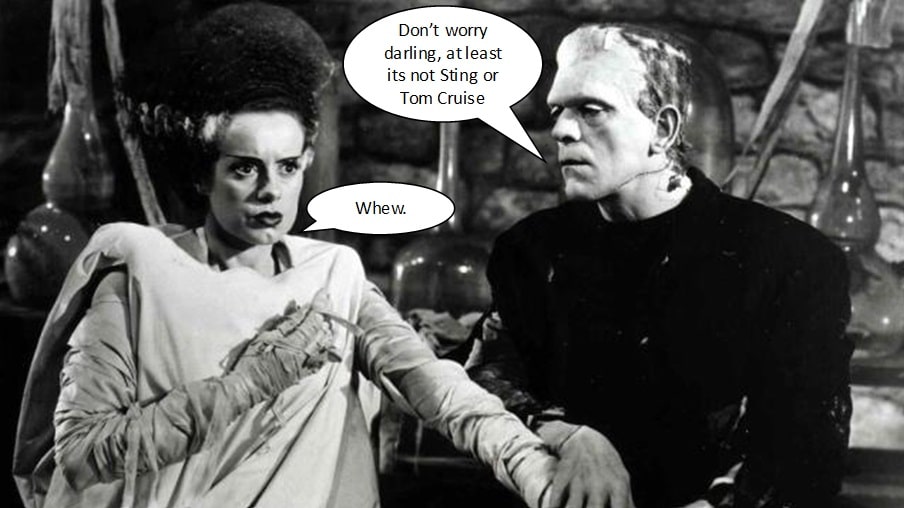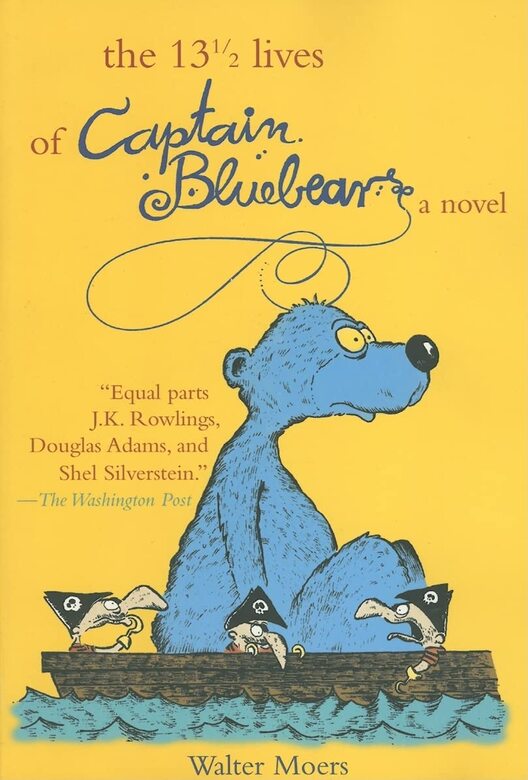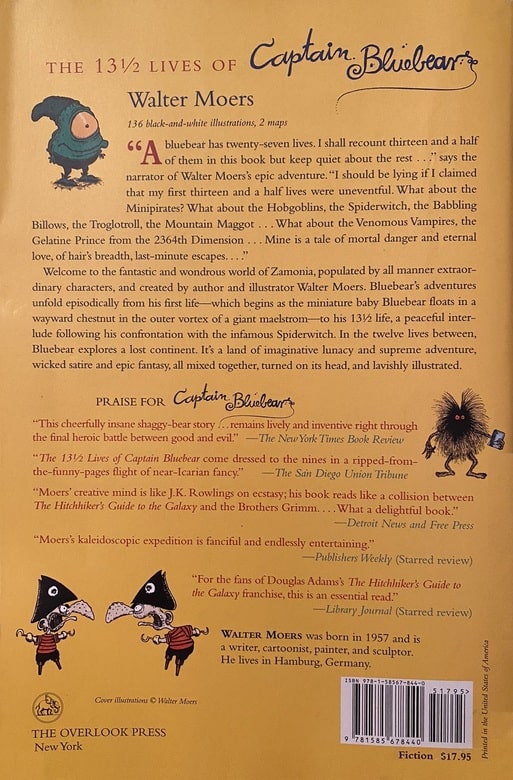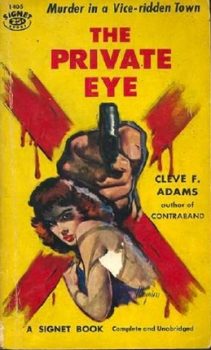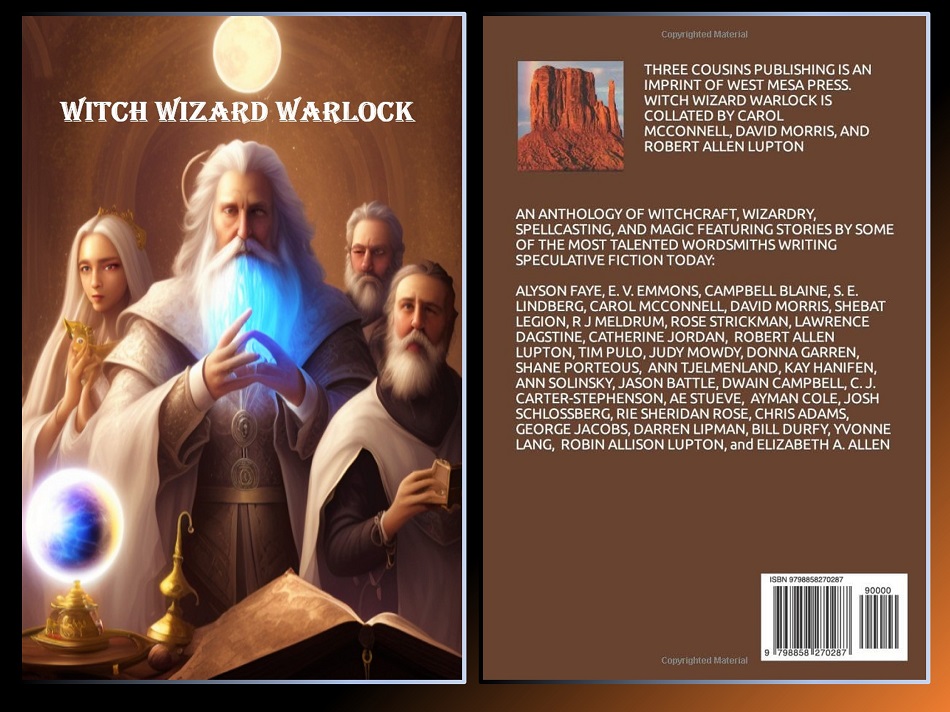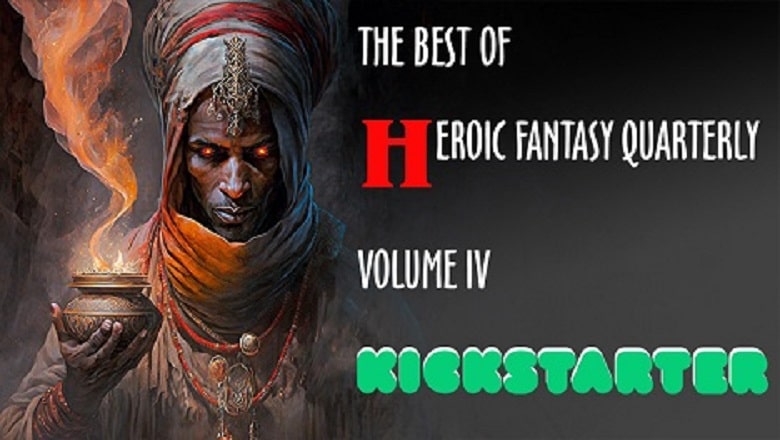A (Black) Gat in the Hand – The ‘Lost’ Mike & Trixie Intro
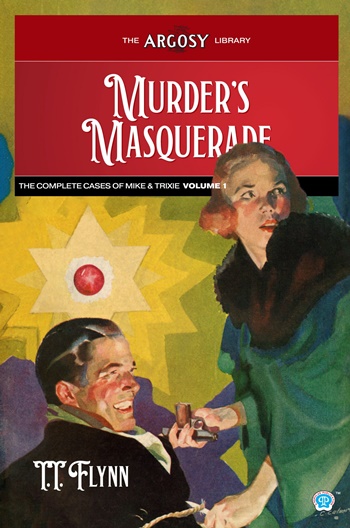 “You’re the second guy I’ve met within hours who seems to think a gat in the hand means a world by the tail.” – Phillip Marlowe in Raymond Chandler’s The Big Sleep
“You’re the second guy I’ve met within hours who seems to think a gat in the hand means a world by the tail.” – Phillip Marlowe in Raymond Chandler’s The Big Sleep
(Gat — Prohibition Era term for a gun. Shortened version of Gatling Gun)
So… I agreed to write an introduction for The Complete Cases of Mike & Trixie: Volume One, from Steeger Books. That intro is below. It is not, however, in that particular book, as I missed the deadline in epic Douglas Adams fashion. It was entirely my fault, and I’m fortunate that Steeger didn’t drop me entirely. Since this essay has just been sitting around taking up space on my hard drive, I decided to run it in A (Black) Gat. It’s pretty self-explanatory and covers the first four stories in the series. I like T.T. Flynn, and maybe I could write an intro for Volume Two…
Most pulpsters earned less than a penny a word, with the legendary Black Mask offering a princely three cents! So it comes as no surprise that not only did writers produce at great volume, – some, like Erle Stanley Gardner, could crank out over one million words a year – but they also wrote for multiple magazines in different genres. Robert E. Howard, best known for Conan (Hollywood added ‘the Barbarian’), wrote boxing yarns, Westerns, spicy adventures, horror, historicals, and even mysteries; submitting stories to almost anyone who would pay, it seems. Like his contemporaries, he was just trying to make a living as a pulpster.
